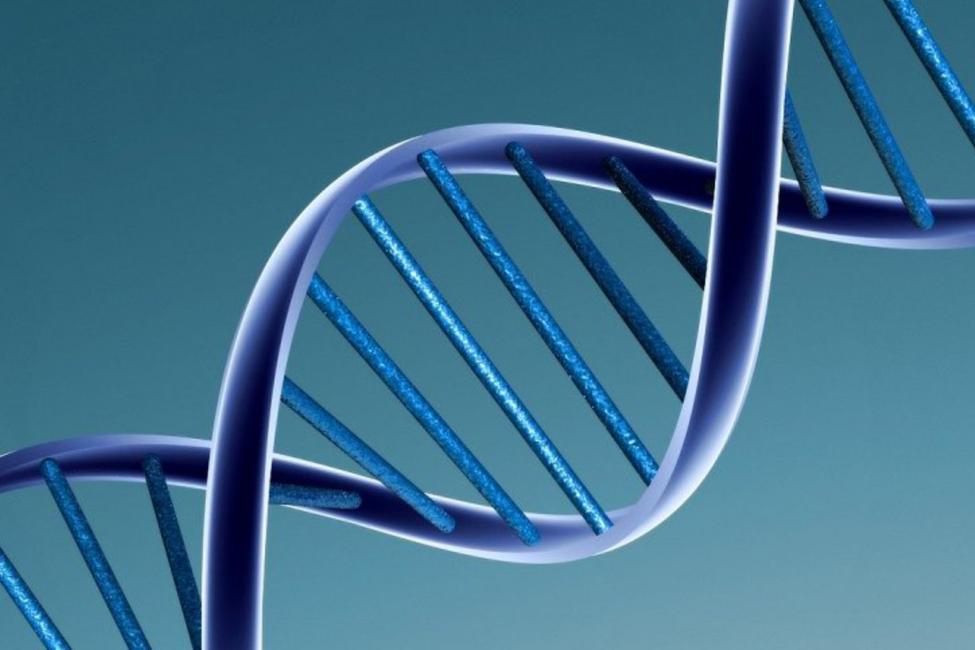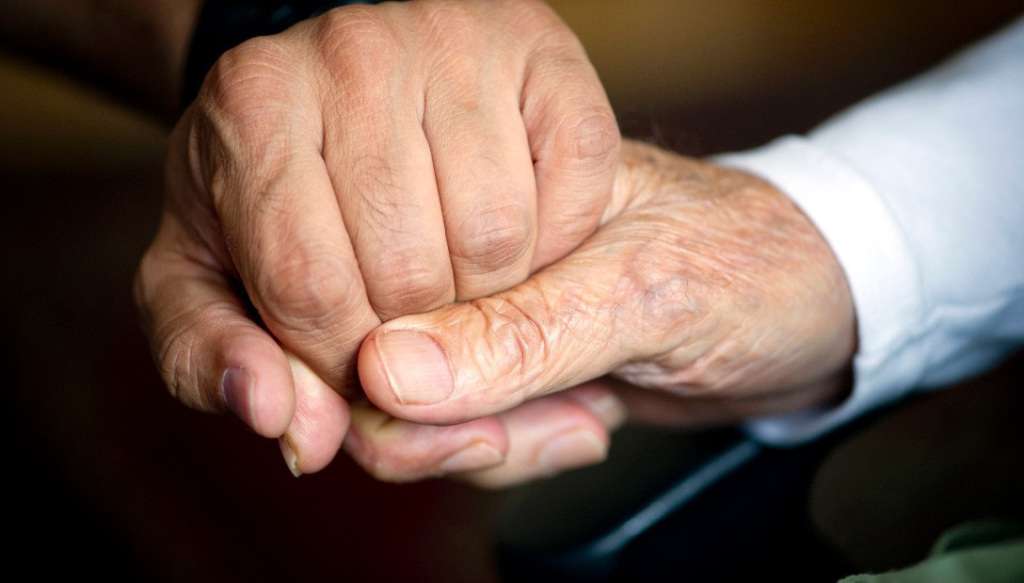A “landmark study” has recognized 102 genes related to autism spectrum disorder (ASD) in what scientists say may not just lend to understanding the causes and mechanisms behind the condition however may one day make ready to creating accuracy treatments for those influenced.
An international companion of scientists from more than 50 research facilities around the globe directed the genetic sequencing study to recognize related genes as part of the Autism Sequencing Consortium (ASC), publishing their discoveries in Cell. In what is the biggest autism sequencing study to date, researchers gathered and analyzed more than 35,000 genetic samples, including almost 12,000 from those with extreme types of ASD, searching for both acquired genetic mutations and those that may happen suddenly when the egg or sperm is formed, or once more mutations.
“The take-home message is that there are probably many different paths to autism,” Joseph Buxbaum, Director of the Seaver Autism Center for Research and Treatment at Mount Sinai, told IFLScience. “That is the nature of complex disorders – many of the things that have been studied now and patient-based research is complicated now because the easy stuff has been figured out.”
With more than 20,000 genes in the human genome, Buxbaum says that it isn’t only one significant class of cells that are engaged with autism but instead a variety of numerous disturbances in brain development and neuronal function.
“As we look more and more into autism, we are discovering that it is much more complex than we thought,” he said. “The first ‘shock’ was that it was going to be a large number of genes that could be indicators for autism, somewhere between 500 and 1,000 is our estimate.”
Genes separate into two fundamental classes, the first being a “critically important” component of turning genes “on and off” and the other being associated with nerve function. When changed, certain genes may alter nerve function, which can be connected to autism.
“We’re finding that about half of the genes that we discover are involved in regulating gene expression, and that is both temporal and spatial. As you develop, different genes have to be turned on and off and as each cell develops in different parts of the brain,” clarified Buxbaum, including that there isn’t one procedure in the brain that causes autism but instead a likely combination of the two.
Of the 102 genes saw as related to ASD, 49 are additionally connected with other developmental postponements. Qualities related to ASD and other scholarly handicaps and developmental postponements often overlap, yet this work starts to tease separated the particularity. The discoveries help to illuminate what brain changes underlie ASD and present a start for understanding new treatment approaches. Analysts would like to next test new procedures to understanding whether explicit genes are connected with ASD and assuming this is the case, how. Sometime in the not so distant future, the work may prompt accuracy treatment whereby explicit genes are focused on, manipulated, and changed to decide if and what characteristics of ASD change.
Disclaimer: The views, suggestions, and opinions expressed here are the sole responsibility of the experts. No Graph Daily journalist was involved in the writing and production of this article.



